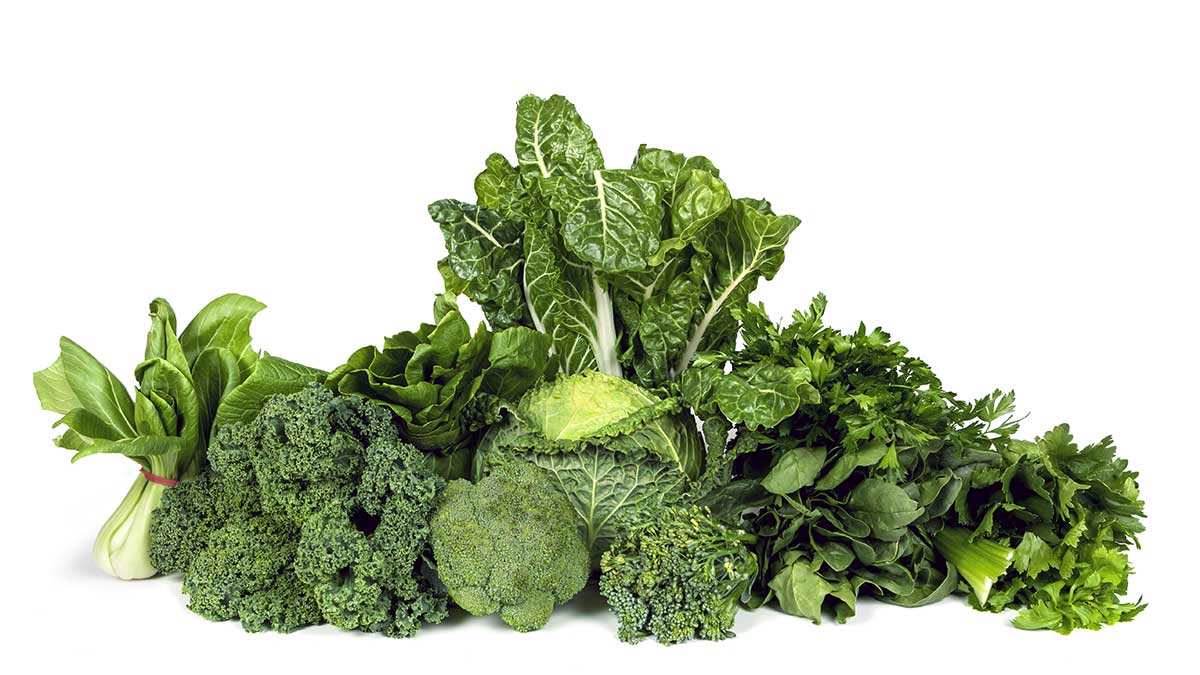People throw around claims about the nutritional benefits of fruits and vegetables so casually that it’s hard to know what to believe.
It can be difficult to decide which vegies to stock in your fridge when a different one is hailed as a superfood every week.
But a study from US researchers has set the record straight, identifying the top powerhouse fruits and vegetables.
Watercress topped the list, with a perfect score of 100, followed by Chinese cabbage (91.99), silverbeet (89.27), beetroot greens (87.08) and spinach (86.43).
What are powerhouse vegies?
The peer-reviewed study published in the Center for Disease Control’s journal, Preventing Chronic Disease, classifies powerhouse fruits and vegetables as “foods providing, on average, 10 per cent or more daily value per 100 kcal of 17 qualifying nutrients”.
Basically, these are the plants that will give you the most potent nutrition boost per calorie.
These nutrients include potassium, fibre, protein, calcium, iron, thiamine, riboflavin, niacin, folate, zinc, and vitamins A, B6, B12, C, D, E, and K.
Read: Five super healthy unusual vegies
Here are nine vegies you should be sneaking into your diet wherever possible.
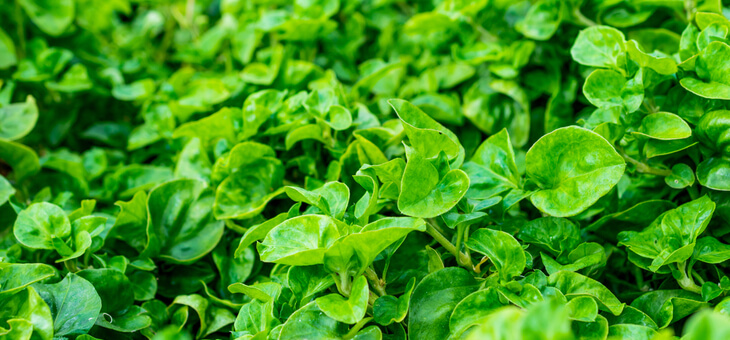
Watercress
Watercress topped the list with a nutrient density score of 100. It contains significant amounts of iron, calcium, iodine, and folic acid, in addition to vitamins A and C.
Watercress was suggested, among other plants, by English military surgeon John Woodall as a remedy for scurvy. It’s also a significant source of omega-3 fatty acids.
Cooking tips: use in place of spinach or kale in salads. To mellow the peppery taste, top with mandarin, orange or pear.
Watercress can instantly make sandwiches and salads livelier. Blend the greens into pureed soups.

Chinese cabbage
Napa cabbage is the most common variety, but you may also see it labelled as Chinese white cabbage, Peking cabbage, or celery cabbage.
Chinese cabbage contains a high amount of healthy B vitamins including riboflavin, pantothenic acid and thiamine. It also packs a punch of vitamin C which aids your body in absorbing iron.
It’s also a great source of soluble and insoluble dietary fibre which are essential in maintaining good digestive health.
Cooking tips: use Chinese cabbage in a stir-fry with ginger, garlic and soy sauce as it picks up flavours of other foods easily. It can also be eaten raw in salads.
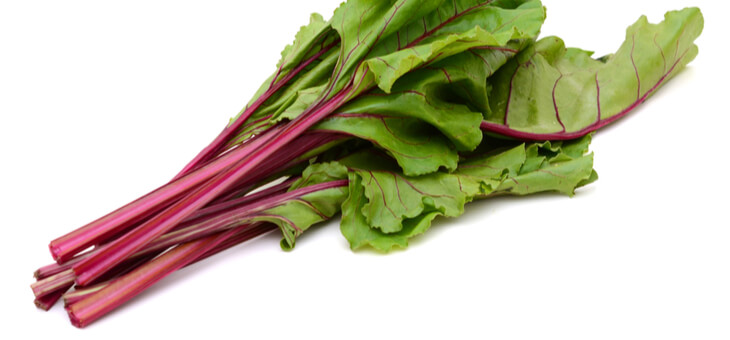
Beetroot greens
These edible leafy tops are brimming with vitamin K; one cup provides nearly twice your daily requirement. That cup has only eight calories but 1.4 grams of fibre and 0.84 grams of protein.
They’re also a good source of lutein and zeaxanthin – carotenoid phytonutrients that play a role in eye health.
Cooking tips: sauté with some olive oil and garlic for a healthy side dish. Or chop them and add to frittatas, soups, or pasta dishes. Blend with frozen fruit into a green smoothie.

Beetroot
Not to be outdone by their tops, ruby red beetroot is packed with essential nutrients. They’re a great source of fibre, folate (vitamin B9), manganese, potassium, iron, and vitamin C.
Beetroot and beetroot juice have been associated with numerous health benefits, including improved blood flow, lower blood pressure, and increased exercise performance.
Cooking tips: roasting beetroot boosts their natural sweetness, wrap each one in foil and bake at 175 degrees C until tender. Alternatively, grate them raw and add to slaws or use in sandwiches.
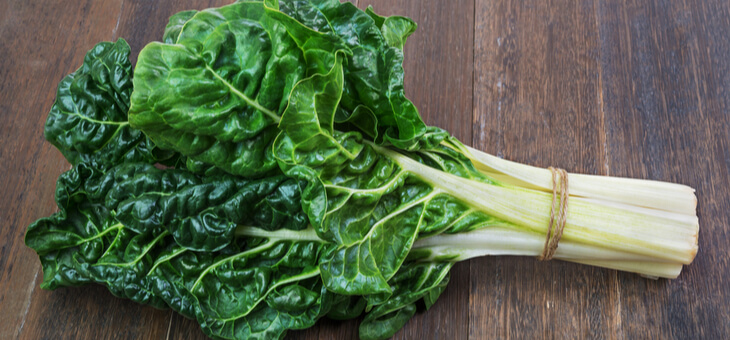
Silverbeet
There are two main varieties of silverbeet: one with multicoloured stems and veins, and another with white stems and veins. Both are great sources of lutein and zeaxanthin, an antioxidant duo that’s good for your eyes. At only seven calories a cup, it’s great for your waistline too.
Cooking tips: lightly steam and toss with vinaigrette to keep its nutritional value. You can also use the leaves in place of tortillas. Sauté it with onions and olive oil for a tasty alternative to spinach.
Read: Chicken and Silverbeet Dahl
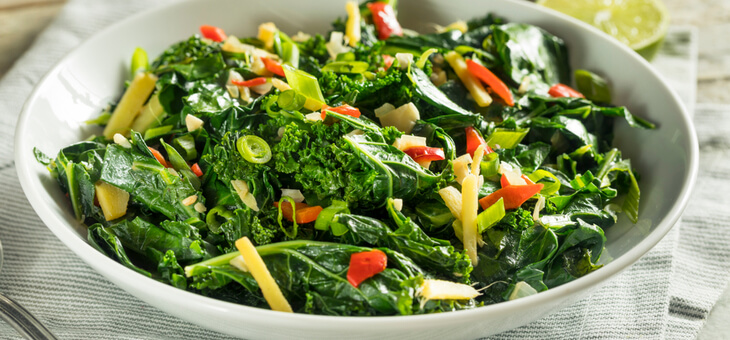
Collard greens
Collard greens are an excellent source of vitamins A, B6, C, and K. The vegetable also contains protein, folate, thiamine, niacin, and dietary fibre – all of which are vital for living a healthy lifestyle.
Vitamin K and calcium help to strengthen bones and teeth, while dietary fibre aids digestion.
Cooking tip: quickly blanch the leaves in boiling water, then chop and add them to wholegrain or lentil salads. Alternatively, slow cook the greens with garlic and orange juice for a pop of citrus flavour.

Asparagus
Asparagus is a low-calorie vegetable that is an excellent source of essential vitamins and minerals, especially folate and vitamins A, C and K.
It also contains potassium, a mineral that can help lower high blood pressure.
This woody vegie is particularly high in insoluble fibre, which adds bulk to stools and supports regular bowel movements.
Cooking tip: shave raw asparagus with a vegetable peeler to get delicious ribbons to add to salads.

Spinach
Spinach is an extremely nutrient-rich vegetable. It packs high amounts of carotenoids, vitamin C and K, folic acid, iron, and calcium. You can buy it tinned, frozen or fresh and eat it cooked or raw.
It has been found that incorporating spinach into your diet may reduce oxidative stress, promote eye health, fight cancer, and regulate blood pressure.
Cooking tip: sneak spinach into your daily routine by adding it to scrambled eggs and casseroles or blending it into smoothies.
Read: One cup of leafy green vegetables lowers heart disease risk

Broccoli
Broccoli is one of nature’s rock stars. It’s loaded with a wide array of vitamins, minerals, fibre and other bioactive compounds.
Broccoli is a top source of plenty of nutrients including vitamin A, B9, C and K.
Different cooking methods may affect the nutrient composition, but it’s a healthy addition to your diet whether cooked or raw.
Cooking tip: steam the florets for a simple side dish. Or add them into stir-fries, frittatas, and even smoothies.
How often do you eat these powerhouse vegies? Share your favourite way to cook vegies in the comments section below.

